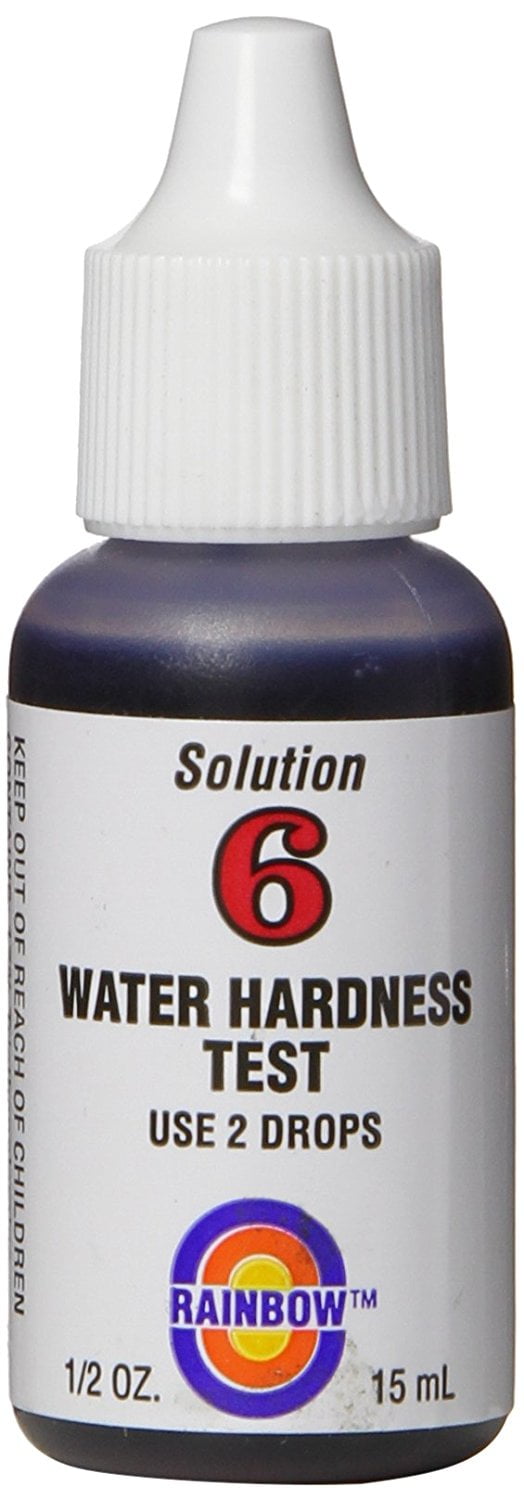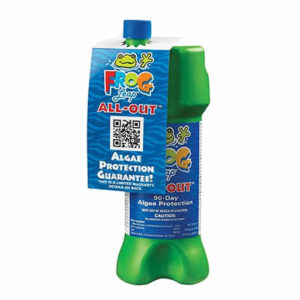

It will also feature American combat systems. Most importantly, it will end up being a relatively new design built in an entirely different country than its origin. But the Shortfin Barracuda is a much larger boat than the Dolphin II and is packed with additional combat capacity and features. Even Israel’s highly modified Dolphin II class of submarines cost around $500 million each. The truth is that diesel-electric submarines with advanced AIP capability can be had for around $500-$700 million a boat if bought directly from a manufacturer such as Germany’s Thyssen Krupp. So it includes research and development, integration of combat systems, setting up indigenous production and support infrastructure. But this is actually the cost of the program as a whole, divided over the number of hulls procured. This super-sized diesel-electric AIP design bridges the gap between the gold-plated nuclear fast attack submarines and the traditionally smaller and more regionally-focused diesel-electric submarines.Īustralia’s willingness to pay such a high price for a dozen non-nuclear boats-about $3 billion per hull-surprises some. The Shortfin Barracuda appears to be a realization of this exact concept, which was previously dubbed the SMX-Ocean. It truly is a defense program that spans the globe.įrance has been pushing to expand the idea of what a diesel-electric submarine with the latest AIP technology looks like. One that will be built in Australia and its combat systems furnished by US defense contractors. In the end Australia will end up with a French nuclear submarine design adapted for diesel-electric propulsion. Size and overall capability, not price, were likely the nails in the coffin for the Shortfin Barracuda’s competitors. These included dramatic industrial offsets, the ability to construct the boats locally, technology transfer and the contractor’s ability to work with US combat systems suppliers. Beyond these speculative reasons for going with the underdog DCNS design, there are other elements that were likely factored in heavily to Australia’s decision. When it came to Germany’s massively supersized (as in doubled in displacement) design based on the existing Type 214, it is widely rumored that the concept present far too much technical risk for Australia’s liking. The size of the living spaces may have also been a major concern. Also, Japan’s subs are built to a 20-year lifespan, while Australia intends to keep their next generation subs in the water for 30. Previous Japanese AIP boats used Swedish Stirling Engine-based technology, although lithium-ion batteries were to take its place in the design intended for Australia. Unofficial explanations as to why Australia chose the French included questions about the uncertainty of Japan running a major arms export program.

On April 26, Canberra shocked the sub procurement community. It would retain the ultra-quiet pump-jet propulsion system found on the nuclear Barracuda variant and many other advanced nuclear submarines in the world, including America’s Virginia and Seawolf class fast attack boats.ĭCNS.


But it's an adaptation of the very best submarine technology the French have to offer, it is likely the most capable. The franco option was viewed as least likely to win, and the immaturity of the design seemed to carry risk. Its bid was predicted to be the lowest of the lot, landing somewhere around half the cost. Germany’s Thyssen Krupp, known the world over as master builders of submarines, put forward an enlarged variant of their extremely popular and capable 1,900 ton displacement Type 214 AIP capable attack submarine, known as the Type 216. So who was Canberra’s final choice?Let's meet the competition: Shipbuilders from Germany, Japan and France were in the running to land the contract. The program’s total cost is estimated just shy of $40 billion. These new foreign-designed submarines, which would be outfitted with American combat systems, would be fielded in the next decade and would serve into the latter half of the century. Australia’s Collins class submarine replacement program, also known as SEA1000, looked to procure 12 highly advanced diesel-electric multi-role submarines, each equipped with the latest in air independent propulsion (AIP) and quiet running technologies. It was one of the biggest international defense contracts in recent memory.


 0 kommentar(er)
0 kommentar(er)
